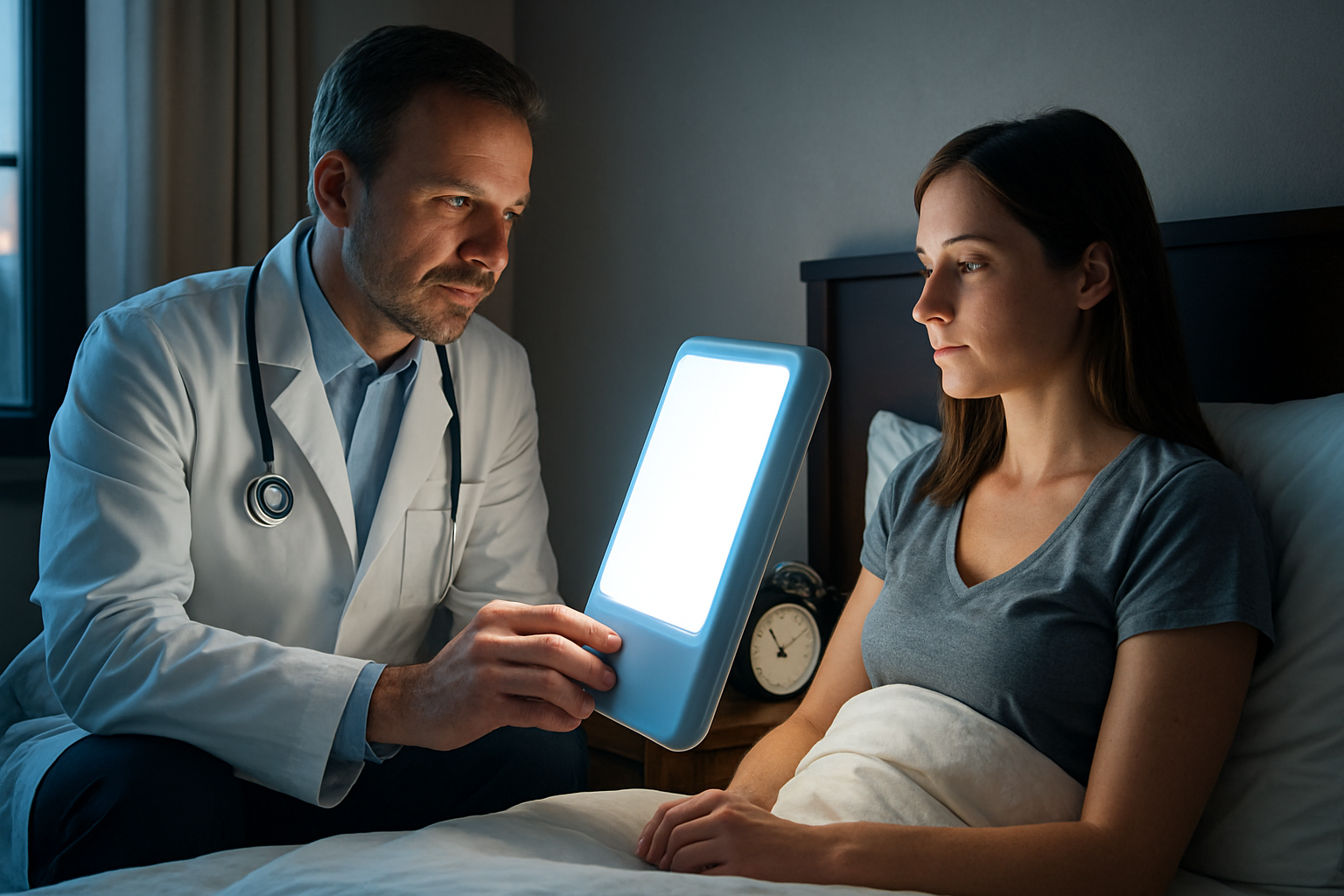Chronophototherapy: Illuminating the Path to Better Health
Imagine a world where the simple act of adjusting your light exposure could revolutionize your health. What if the key to managing chronic conditions, improving sleep, and boosting overall well-being was as easy as flipping a switch? Welcome to the fascinating realm of chronophototherapy, where the interplay of light and our body's natural rhythms holds the promise of transforming modern healthcare.

The Science Behind Chronophototherapy
At its core, chronophototherapy is based on the intricate relationship between light exposure and our circadian rhythms. These internal biological clocks, which regulate various physiological processes over a roughly 24-hour cycle, are heavily influenced by environmental cues, with light being the most powerful zeitgeber (time-giver). By carefully timing and controlling light exposure, chronophototherapy aims to synchronize or reset these rhythms, potentially alleviating a host of health issues.
Research has shown that different wavelengths of light can have varying effects on our circadian system. Blue light, for instance, has been found to be particularly effective in suppressing melatonin production and increasing alertness. On the other hand, red light has been associated with improved sleep quality and wound healing. By leveraging these findings, chronophototherapy protocols can be tailored to address specific health concerns and optimize overall well-being.
Applications in Mental Health
One of the most promising applications of chronophototherapy lies in the field of mental health. Seasonal Affective Disorder (SAD), a type of depression that’s related to changes in seasons, has long been treated with light therapy. However, chronophototherapy takes this a step further by considering not just the intensity of light, but also its timing and spectral composition.
Studies have shown that carefully timed exposure to bright light in the morning can significantly improve symptoms of depression, not just in SAD patients but also in those with non-seasonal depression. Furthermore, emerging research suggests that chronophototherapy could play a role in managing bipolar disorder by helping to stabilize mood swings and sleep patterns.
Chronophototherapy and Sleep Disorders
Sleep disorders affect millions of people worldwide, and chronophototherapy offers a non-pharmacological approach to addressing these issues. By manipulating light exposure, it’s possible to shift the timing of the sleep-wake cycle, making it an effective treatment for conditions such as delayed sleep phase syndrome and jet lag.
Moreover, for individuals working night shifts or in environments with limited natural light, chronophototherapy can help maintain a healthy circadian rhythm. This not only improves sleep quality but also reduces the risk of associated health problems, including cardiovascular disease and certain types of cancer.
Potential in Cancer Treatment
Perhaps one of the most exciting frontiers for chronophototherapy is in the field of oncology. Recent studies have suggested that the timing of cancer treatments in relation to a patient’s circadian rhythms can significantly impact their efficacy and side effects. By using light therapy to optimize these rhythms, chronophototherapy could potentially enhance the effectiveness of chemotherapy while reducing its adverse effects.
Furthermore, research has indicated that disrupted circadian rhythms may play a role in cancer development and progression. By helping to restore normal circadian function, chronophototherapy could potentially serve as a preventative measure or complementary treatment for certain types of cancer.
Challenges and Future Directions
While the potential of chronophototherapy is immense, several challenges remain. One of the primary hurdles is the need for personalized protocols. Given the individual variations in circadian rhythms and responses to light therapy, developing standardized treatments can be complex. However, advancements in wearable technology and AI-driven analytics are paving the way for more personalized and precise chronophototherapy interventions.
Another area of ongoing research is the development of more sophisticated light delivery systems. From smart lighting in homes and workplaces to portable devices for on-the-go therapy, the future of chronophototherapy lies in making it more accessible and integrated into daily life.
Illuminating Facts About Chronophototherapy
-
Light therapy devices used in chronophototherapy can deliver up to 10,000 lux, mimicking the intensity of outdoor sunlight on a clear day
-
Blue light with a wavelength of around 480 nm has been found to be most effective in regulating circadian rhythms
-
Exposure to bright light for just 30 minutes in the morning can advance the sleep-wake cycle by up to 2 hours
-
Red light therapy has been shown to increase mitochondrial function, potentially boosting cellular energy and accelerating healing
-
Some studies suggest that chronophototherapy may help reduce the symptoms of Alzheimer’s disease by improving sleep quality and cognitive function
As we continue to unravel the complex relationship between light, our internal clocks, and our health, chronophototherapy stands poised to illuminate new paths in wellness and healthcare. By harnessing the power of light to harmonize our biological rhythms, we may be on the cusp of a revolution in how we approach everything from mental health to cancer treatment. As research progresses and technology evolves, the future of chronophototherapy shines bright, offering hope for more personalized, effective, and holistic approaches to health and well-being.





